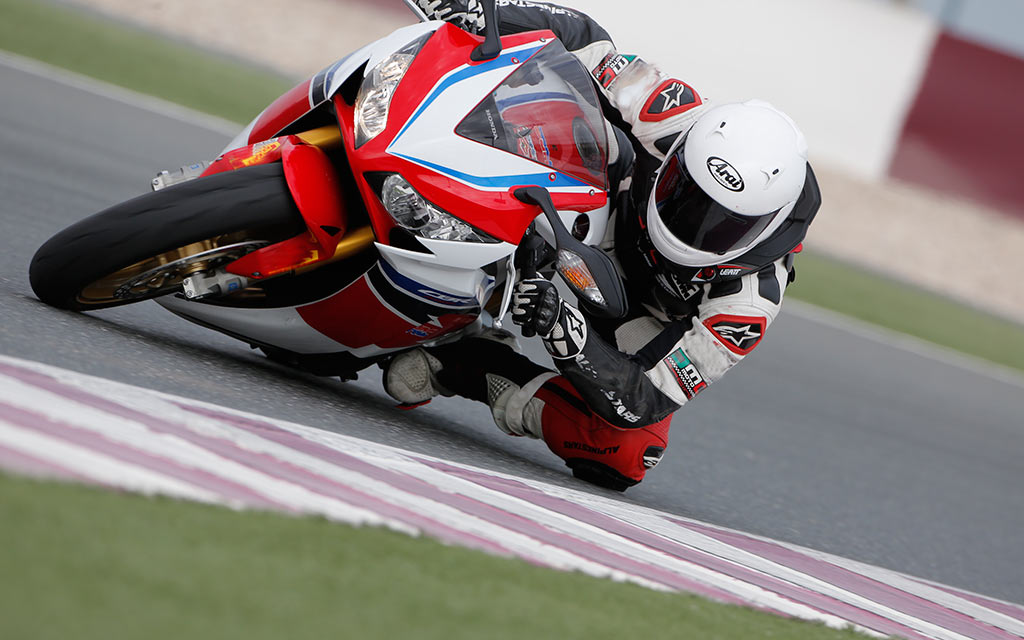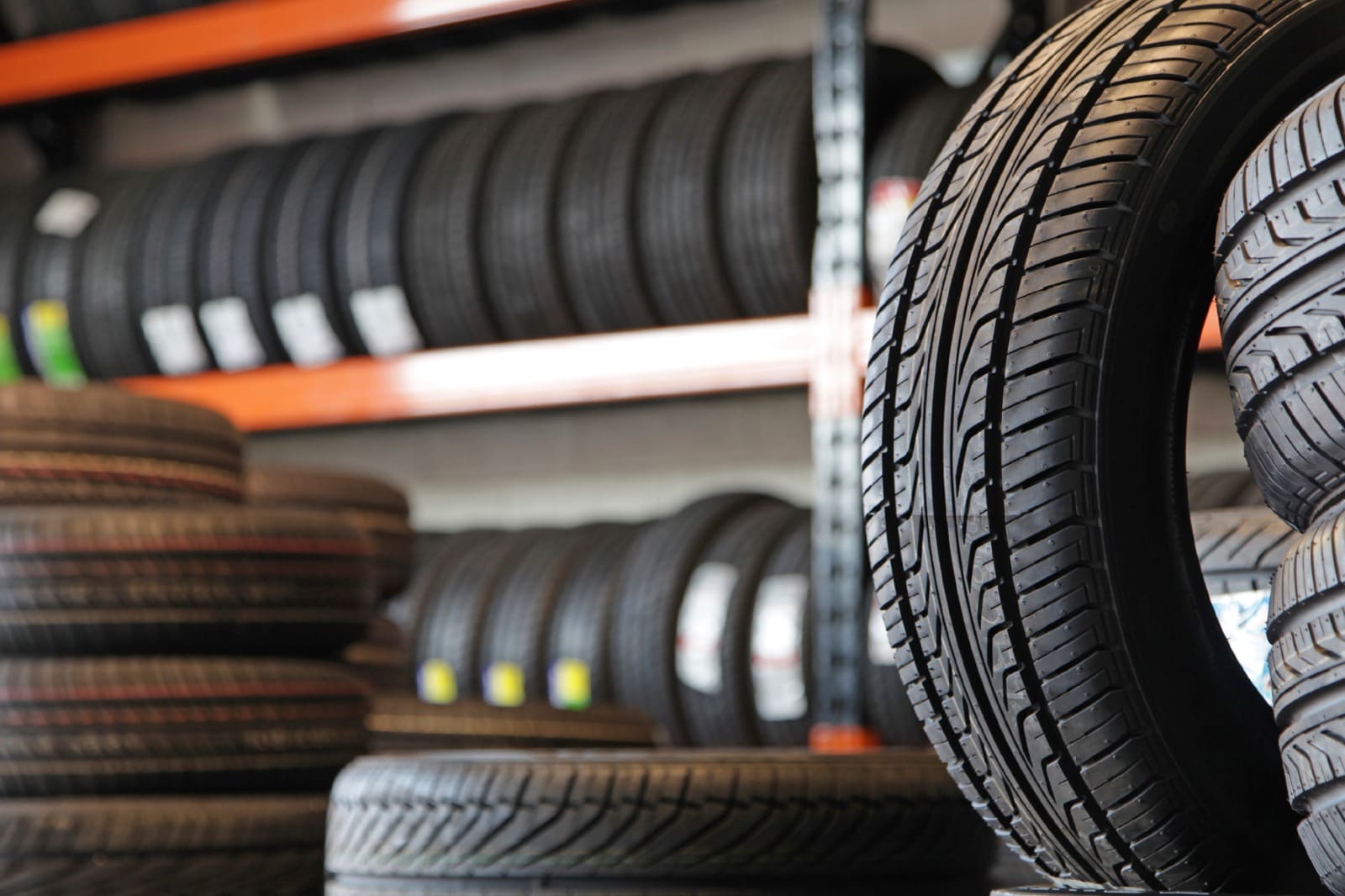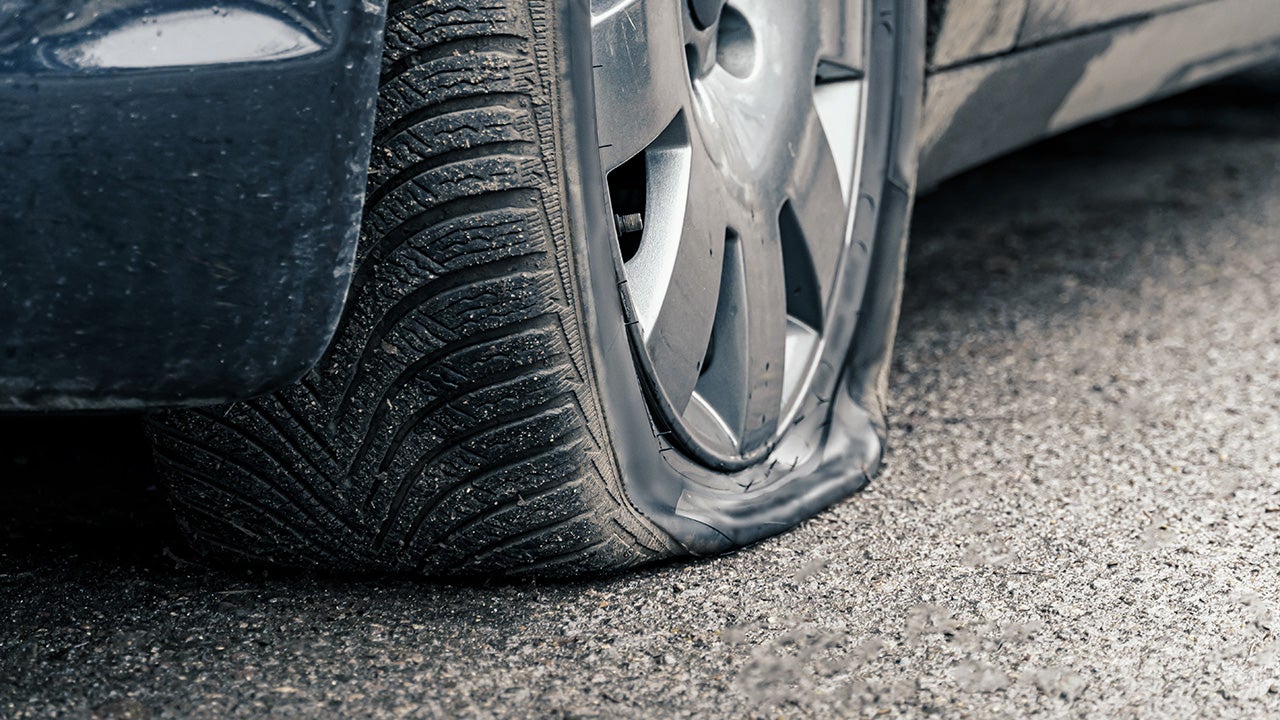All Categories
Featured
Table of Contents
I had the ability to get 100 hours out of among these tires, and while it had absolutely no tire lugs left on it, the soft substance made it work extremely wellas long as I was utilizing a soft mousse. Kitt Stringer picture Easy mounting - 3Wear - 3Sidewall strength - 3Performance on origins - 4Performance on damp rocks - 2Traction on dust - 5Cornering capability - 4Traction while stopping - 4Self-clearing of dust and mud - 3Performance in mud - 3Overall predictability or tracking - 3 _ 37 Final thought: This is a good all-around tire with good value for cash.

The wear corresponded and I such as how much time it lasted and exactly how consistent the feeling was during usage. This would likewise be an excellent tire for faster races as the lug size and spacing little bit in well on fast surface. Kitt Stringer photo Easy mounting - 3Wear - 3Sidewall toughness - 3Performance on roots - 4Performance on wet rocks - 4Traction on dirt - 4Cornering ability - 4Traction while braking - 5Self-clearing of dirt and mud - 4Performance in mud - 4Overall predictability or tracking - 4_42 Final thought: I liked this tire a lot.
If I needed to buy a tire for difficult enduro, this would be in my leading choice. Easy installing - 3Wear - 3Sidewall strength - 3Performance on origins - 4Performance on wet rocks - 3Traction on dirt - 4Cornering capability - 3Traction while stopping - 3Self-clearing of dust and mud - 4Performance in mud - 4Overall predictability or tracking - 3 _ 34 Conclusion: This tire was extremely soft and pliable.
All the gummy tires I evaluated done rather close for the initial 10 hours or so, with the winners mosting likely to the softer tires that had better grip on rocks (Car tyre fitting). Investing in a gummy tire will certainly provide you a strong advantage over a regular soft compound tire, yet you do spend for that advantage with quicker wear
Affordable Wheel Balancing Services
Ideal worth for the biker that wants decent performance while getting a fair quantity of life. Best hook-up in the dirt. This is an optimal tire for springtime and fall conditions where the dirt is soft with some wetness still in it. These tested race tires are fantastic all over, however use promptly.
My overall victor for a hard enduro tire. If I needed to spend cash on a tire for everyday training and riding, I would select this set.
Tyre Fitting Services Near Me (Eden Hill WA)
I have actually been running a collection of Michelin Power Pilot 2CT's on my track Daytona 675 for the previous year. Because time I have actually done 15 track days in all climates from chilly damp to incredibly hot and these tyres have never ever missed a beat. Tyre inspections. I've done virtually 2,000 miles (3,200 kilometres) on them and as you can see from this shot of the front taken after first session of my 15th track day on them, they still have quite a great deal of rubber left on them
In brief the 2CT is an impressive track day tyre. If you're the sort of motorcyclist that is most likely to encounter both damp and dry problems and is beginning on course days as I was in 2015, after that I think you'll be tough pressed to locate a much better value for cash and skilled tyre than the 2CT; a set of which will certainly set you back around 185 (US$ 300) in the UK.
Coming up with a better all rounded road/track tire than the 2CT need to have been a tough job for Michelin. The result of that effort is the Michelin Pilot Power 3 which essentially replaces the Pure. Don't puzzle this brand-new tyre with the road going Pilot Road 3 which is not created for track use (although some cyclists do).
They motivate substantial confidence and supply fantastic grasp levels in either the wet or the dry. When the Pilot Power 3 launched, Michelin suggested it as a 50:50% road: track tire. That message has actually lately altered since the tires are now advised as 85:15% road: track use rather. All the cyclist reports that I have actually reviewed for the tyre rate it as a better tyre than the 2CT in all areas yet specifically in the wet.
Leading Tyre Rotation Services (Eden Hill)
Technically there are numerous differences between both tires although both make use of a double compound. Visually you can see that the 2CT has less grooves reduced into the tire but that the grooves run to the edge of the tyre. The Pilot Power 3 has more grooves for better water dispersal yet these grooves do not get to the shoulder of the tire.
One element of the Pilot Power 3 which is various to the 2CT is the brand-new 2CT+ innovation which prolongs the harder center section under the softer shoulders (on the back tire). This need to offer extra stability and decrease any kind of "agonize" when accelerating out of edges in spite of the lighter weight and more versatile nature of this brand-new tyre.

I was somewhat suspicious about these reduced pressures, it turned out that they were great and the tyres executed truly well on track, and the rubber looked better for it at the end of the day. Just as a point of recommendation, other (quick group) bikers running Metzeler Racetecs were making use of tyre pressures around 22-24 psi for the back and 24-27 psi on the front.
Generating a better all round road/track tire than the 2CT have to have been a difficult task for Michelin. The result of that effort is the Michelin Pilot Power 3 which basically replaces the Pure. Don't confuse this new tyre with the roadway going Pilot Road 3 which is not made for track use (although some bikers do).
Leading Car Tyre Fitting – Eden Hill 6054 WA
When the Pilot Power 3 launched, Michelin advised it as a 50:50% road: track tire. All the cyclist reports that I've reviewed for the tire price it as a far better tyre than the 2CT in all areas however specifically in the wet.

Technically there are plenty of differences in between both tires despite the fact that both use a dual compound. Aesthetically you can see that the 2CT has fewer grooves cut into the tire however that the grooves run to the edge of the tyre. The Pilot Power 3 has even more grooves for far better water dispersal yet these grooves don't reach the shoulder of the tyre.
One element of the Pilot Power 3 which is different to the 2CT is the brand-new 2CT+ technology which prolongs the harder middle section under the softer shoulders (on the rear tire). This should provide much more security and decrease any type of "agonize" when increasing out of corners in spite of the lighter weight and even more adaptable nature of this brand-new tyre.
Although I was a little suspicious about these lower pressures, it ended up that they were great and the tires executed actually well on track, and the rubber looked far better for it at the end of the day. Just as a factor of recommendation, various other (quick team) motorcyclists running Metzeler Racetecs were utilizing tyre pressures around 22-24 psi for the back and 24-27 psi on the front
Latest Posts
Reliable Discount Tyres
Honest Discount Car Tyres (Lockridge)
Car Tyres Near Me – Swan